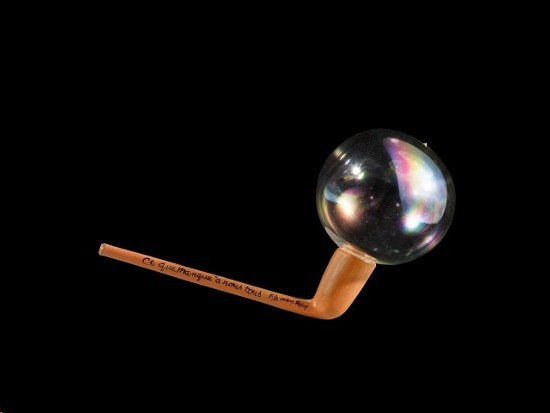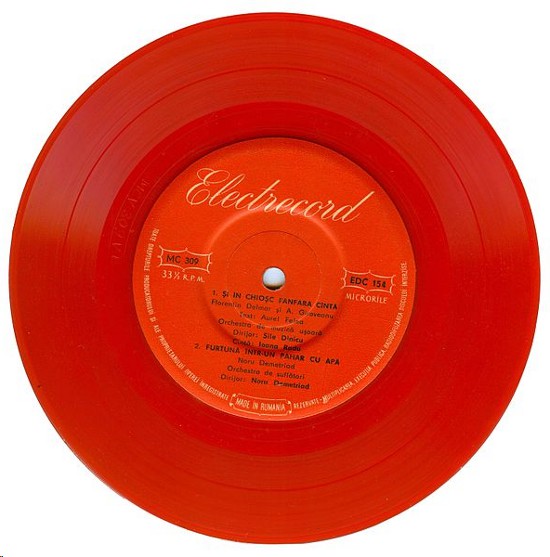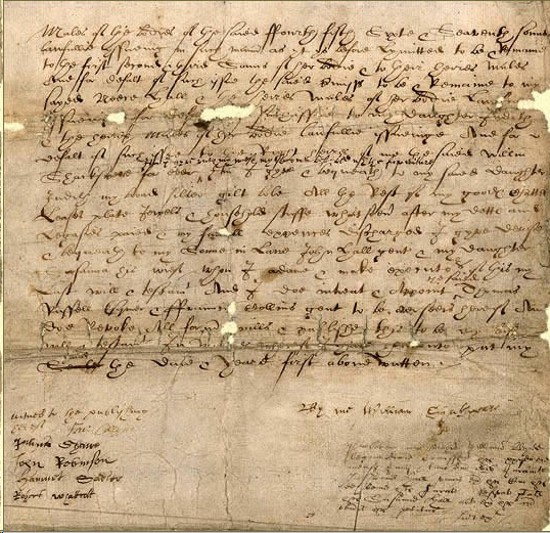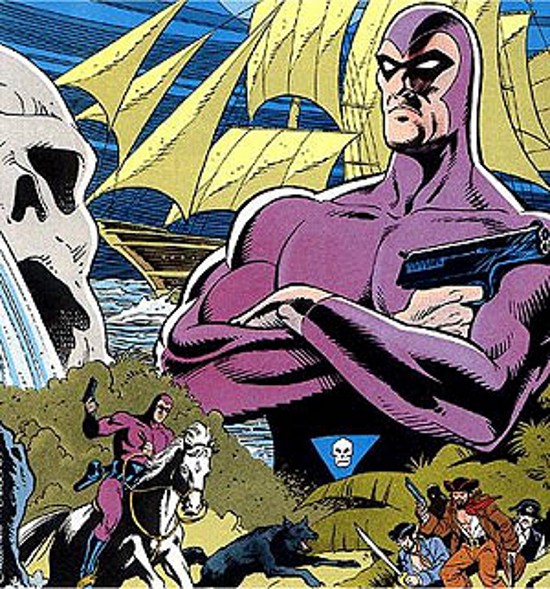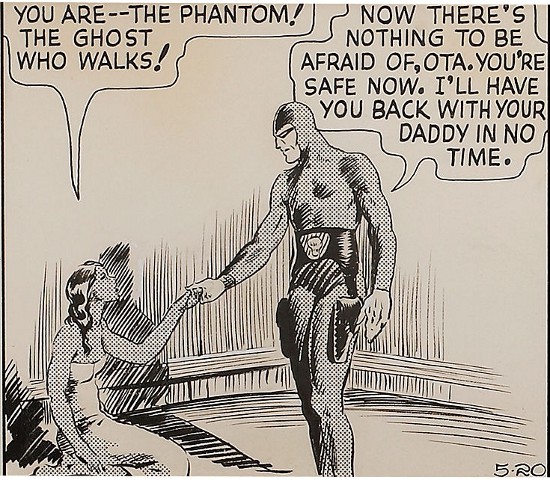Wine and cognac have long been the preserves of wealthy collectors, who fill their ample cellars with the best bottles, ready to break out when the time is right – or to save as an investment.
These collectible drinks hold a special place in the world of collectibles investment. They hold their own kind of insurance against any potential losses, with the owner able to pop open a bottle and drown his sorrows should profit go down the pan.
Not much of a consolation, but far more enjoyable than losing thousands on stocks and shares.
But the market for Bordeaux – once the big-hitter of wine auctions everywhere – has been ailing since 2011, when a bubble pushed prices unsustainably high and they were sharply corrected soon after.
There are only so many sorrows you can drown before you have to throw in the towel, and with just 1.5% growth in the second quarter of 2013, many wine collections are being sold off.
But there is hope for the collectible beverages market: whisky and beer.
Those oh-so-manly and uncouth drinks have been taking off lately, with collectors forking out top sums to own the very finest the world has to offer.
Whisky in particular has proved its potential as an investment, and those aficionados that would have drank a bottle down without a second though now think twice before doing so.
While Bordeaux languishes, the whisky world has seen two world records in the past year, both for a cask and a single bottle, with Scotch the decided favourite. Meanwhile, the top 100 bottles have seen an 18.75% increase in value in the past year, making them a better investment that the S&P500.
This is a young market, and its being spurred by foreign collectors, with figures showing that Russia is actually the biggest importer of Scotch whisky. This rise is supported by the newly-wealthy middle classes in growing economies emulating the traditions of the rich around the world.
Now, the beer market isn’t as well established as whisky, but there is an increasing global interest in “artisan” ales and the like and some of those bottle are fast becoming collectible.
See some of the top-selling collectible beers in the world.

One of the world most valuable beers comes inside a taxidermied squirrel: we’re not sure about this one – image: Brewdog
These aren’t for investment, as beer will spoil in little over a year, making the contents almost worthless. Rather, beer collectors will cherish a few precious bottles, while gathering breweriana.
You may not have come across the word breweriana, but collecting artefacts from brewers – such as beer taps, kegs and advertising – is a long established market that regularly sees sales held across the world.
What’s more, breweriana leaves the collector free to enjoy their drink, while appreciating the history of their favourite pastime.
Check out this guy’s collection of beer cans and breweriana – it’ll soon get you drunk on collecting.
by Joe



